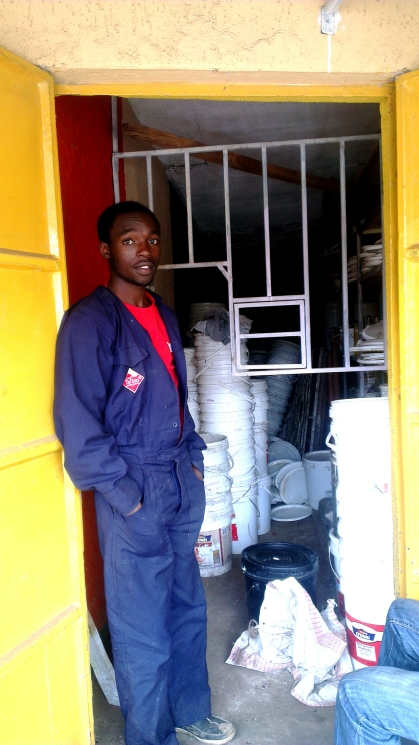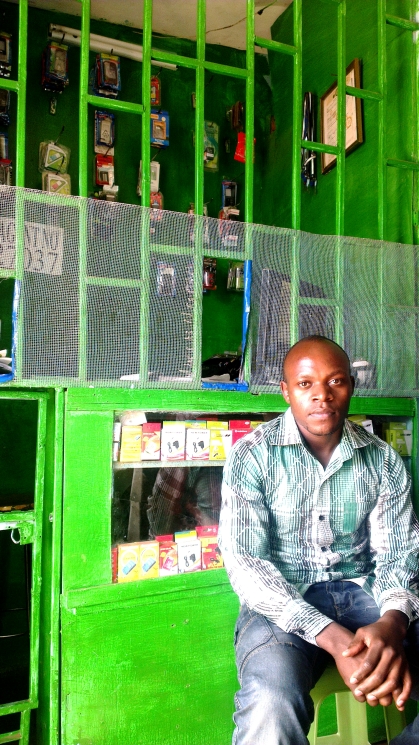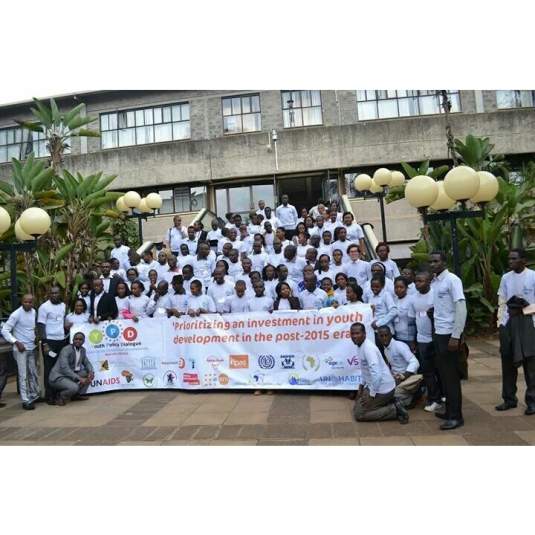It’s not just another hype. Massive Open Online Courses – MOOCs and OpenCourseWare – OCW is causing a progressive movement in human development; a phenomenon in the learning experience for the workforce, gradually bridging the chasm between the educated and uneducated.
With online courses, anyone from any part of the world can gain knowledge in any field of interest for free or almost. All you need is a computer; laptop, tablet or Smartphone – internet connection, commitment and a self-made schedule. You can even get a certificate on completing the course.
ALISON (Advance Learning Interactive System Online) offers Free Online Courses, Workplace Skills, Interactive Education and Multimedia learning. With ALISON you can take online courses with certificate of completion or Diploma level, on a wide range of courses.
Coursera offer high quality courses from top universities, for free to everyone to improve your resume, advance your career, expand your knowledge, and gain confidence. This online learning platform currently host courses from Princeton University, Stanford University, University of California, Berkeley, University of Michigan-Ann Arbor, and University of Pennsylvania.
Udemy’s goal is to disrupt and democratize the world of education by enabling anyone to teach and learn online. It seeks to dramatically change education by empowering millions of experts around the world to teach & share what they know. Whether you want to learn excel, business & entrepreneurship, academics, the arts, health & fitness, language, music or technology, there is a comprehensive course for you.
When Udacity started its first courses in February 2012, the model was that all online courses are open enrollment; you can learn at your own pace and access all of the information you need at any time. Upon completion of the class, you download your class certification to demonstrate your level of achievement in the course, all for free. However in April 2014, it announced that effective from May 16, they will be phasing out certificates for free courseware completion. Students are now required to pay to complete courses and get a verified certificate. Read this comparison article between Udemy Vs Udacity
At Khan Academy, you learn almost anything for free. With over 3,100 videos on everything from arithmetic to physics, finance, and history and hundreds of skills to practice, the online academy is on the mission to help you learn what you want, when you want, at your own pace.
EdX is a transformational partnership in online education between The Massachusetts Institute of Technology (MIT) and Harvard University to offer online university courses with certificate to millions of people around the world. Today, several other world class universities offer online courses on edX.
University of the People (UoPeople) is proclaimed the world’s first tuition-free online university dedicated to the global advancement and democratization of higher education. UoPeople offers Associates and Bachelors degree programs in Business Administration and Computer Science.
If you’re a student who uses Apple devices, you will be happy to know that you have access toiTunes U, which gives you access to different educational courses from all leading universities for free! Did you dream of studying at MIT, Oxford, Yale, or Cambridge? This is your chance to learn various subjects from the best colleges and universities in the world.
Saylor strives to provide quality education for free for everyone around the world. The Saylor team hires credentialed professors to create course blueprints and to locate, vet, and organize Open Education Resources – OER materials into a structured and intuitive format. Each course culminates with a final exam, and students receiving a passing grade can download a certificate of completion.
If you are looking to learning a new skill, or improving on your proficiency in Photoshop, Illustrator, or HTML, Skillfeed offers unlimited access to high quality video courses from a worldwide community of instructors. You have a month’s free trial which thereafter, you will subscribe to a monthly fee to gain unlimited access to *all* courses!
Academic Earth has curated links to over 750 online courses and 8,500 individual online lectures, giving students of all ages unparalleled access to college courses they may otherwise never experience. Whether supplementing existing coursework, or learning for the sake of learning, anyone with an internet connection has the freedom to learn at their own pace from world-renowned experts, without the burden of rising tuition costs.
The OpenCourseWare Consortium is a worldwide collaborative initiative that brings together OCW from universities across six continents.
MIT OpenCourseWare (OCW) is a permanent free web-based publication of virtually all MIT course content and is open and available to anyone around the world. The over 2100 OCW materials reflect almost all the undergraduate and graduate subjects taught at MIT.
Online courses at Harvard Extension School have either an online video or live web-conference format. Some courses also include a weekend of intensive on-campus lectures. Online courses span a full semester and have scheduled assignments and exams. Due to the interactive nature of the web conference lesssons, you will have to pay for certain courses here!
Are you a bachelor or high school student who is undecided about your future course of interest? Yale Open Courses provides free and open access to a selection of introductory courses taught by distinguished teachers and scholars at Yale University. Discover a range of timely and timeless topics taught by Yale professors, each with a unique perspective and an individual interpretation of a particular field of study.
Open.Michigan, University of Michigan’s OCW initiative, features a giant collection of courses from 19 of the university’s schools, colleges and units. Ranging from literature to dentistry to public policy, the extensive list hosts a variety of courses — all complete with syllabi, course lectures and supplementary material.
John Hopkins Bloomberg School of Public Health offers comprehensive materials for dozens of courses on topics like chronic diseases, global health and injury prevention.
Harvard Medical School’s OCW initiative includes dozens of materials from its course catalog. It’s more of a library of resources than a list of full courses — the collection includes classes with video clips, lecture slides, notes and projects.
Carnegie Mellon only has a handful of courses, mostly in the STEM fields. However, the courses are comprehensive and the layout is conducive to a streamlined learning experience. Though there aren’t any video lectures, the classes are laid out like online courses. All notes are completely digital, and there are interactive practice problems for students to self-check their understanding of each lesson.
Choose from schools of dentistry, medicine, nutrition policy, veterinary medicine, arts and sciences,engineering and international relations. Each course contains a variety of materials: PDFs of lecture slides, homework assignments and exams.
Notre Dame’s OCW program offers courses across two dozen of its departments, from aerospace engineering and classics to mathematics and theology. Each course includes a syllabus; others have class structure outlines. Classes also include professor biographies — so you know you’re learning from an accredited source. Audio lectures, PowerPoint slides, illustrations and texts are all free to use.
UC Berkeley webcasts offers a large selection of courses in a comprehensive list of departments — bioengineering, Japanese, legal studies, public health. Since the webcasts are more or less recordings of actual lectures, as opposed to courses optimized for web, they lack lecture notes and supplementary materials. However, each course has audio recordings of lectures via iTunes or video recordings of lectures via YouTube.
Source: After School Africa












Recent Comments